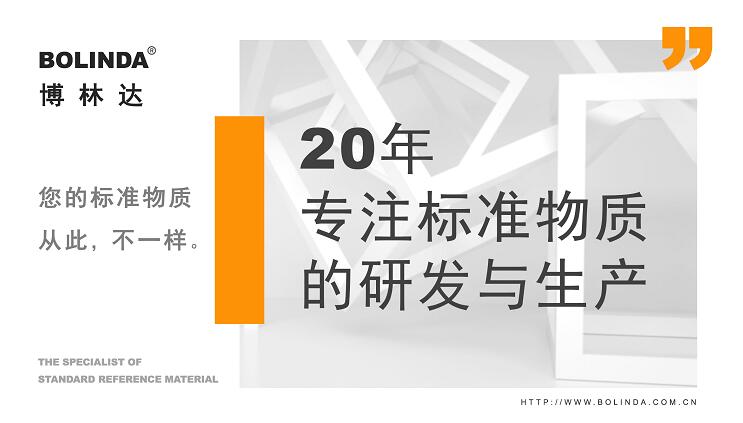2020-03-27 10:43:13
A reference substance is a substance or material that has been determined to have one or more sufficiently uniform characteristic values, and is used as a "measuring tool" in the analytical measurement industry to calibrate measuring instruments and devices, evaluate measurement analysis methods, measure the characteristic values of substances or materials, and assess the operational skills of analysts. As well as in the production process of product quality control and other fields play an indispensable role. So does the reference material have to be used within the validity period? The following is a small edition of Bolinda to answer the question.
The validity period of the standard material is determined by the development unit according to the stability research data, in order to ensure the reliability of the standard material quantity value and uncertainty, so it must be used within the validity period.
The unused reference material may still be stable after expiration, and for some reference materials with large batches and a long stability period (such as five years), the development unit sometimes provides a service to extend the validity period.

However, in the case that the stability of the standard material cannot be guaranteed by the development unit, the user shall bear the responsibility if he continues to use the standard material.
The above content is the introduction of the standard material must be used within the validity period, in addition, the standard material certificate is a technical document that introduces the standard material. It is the quality guarantee certificate and use instructions proposed by the development unit to the user, and must be provided to the user along with the standard material.
The standard material certificate should provide the following basic information: standard material number, name, standard material setting date, use, preparation method, setting method, standard value, total uncertainty, uniformity and stability description, minimum sampling amount, precautions in use, storage requirements, etc.





